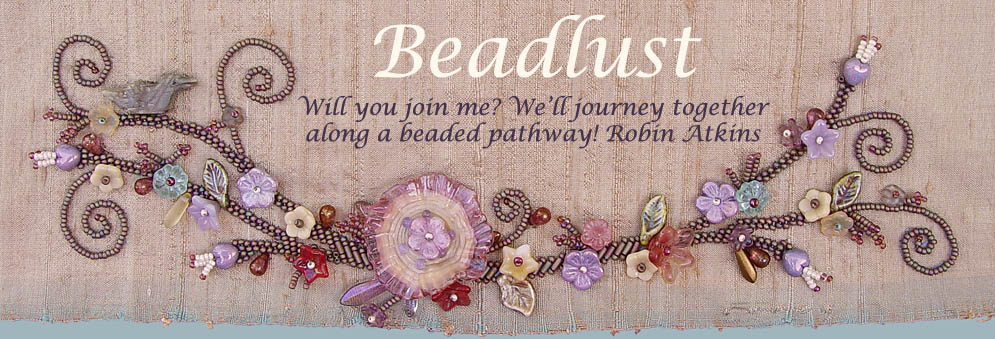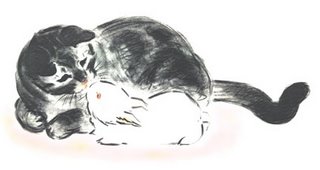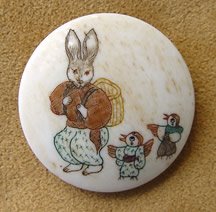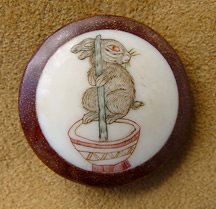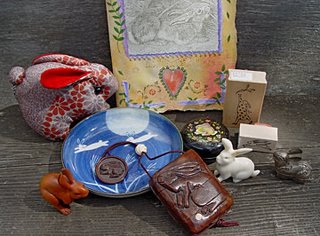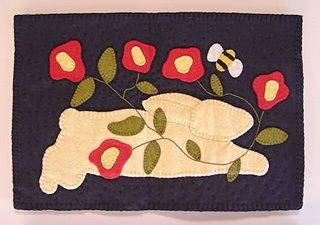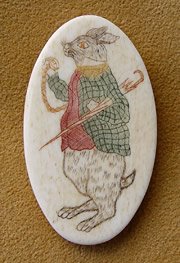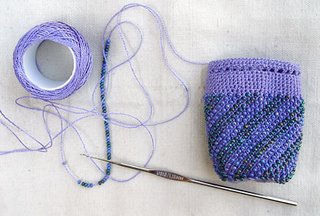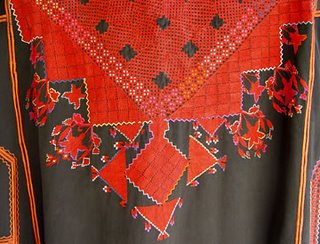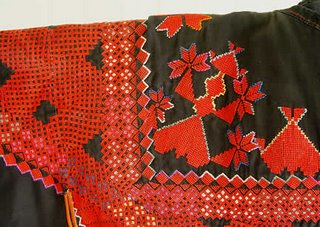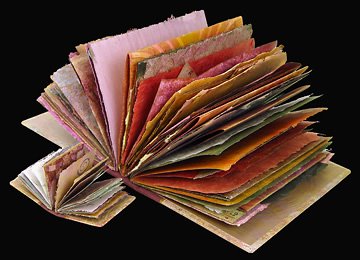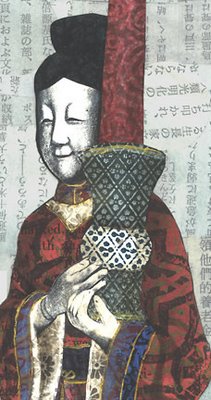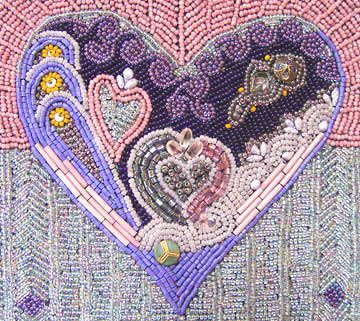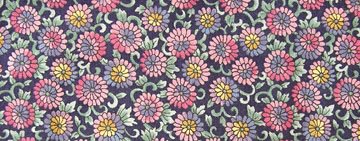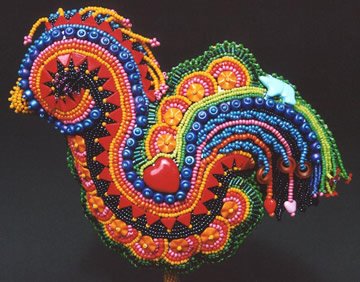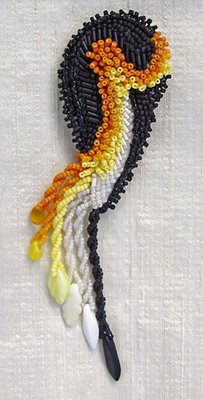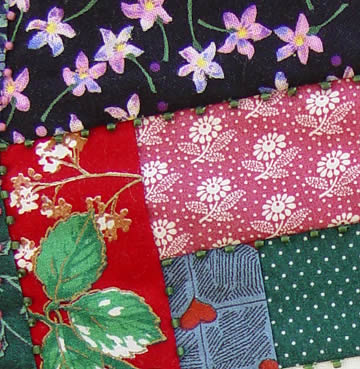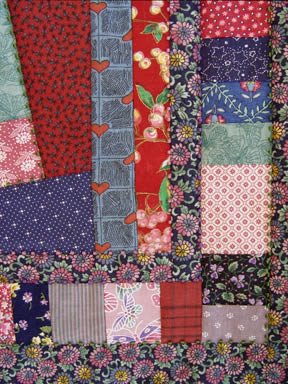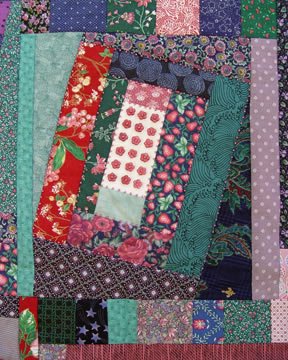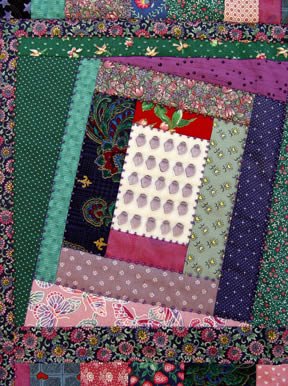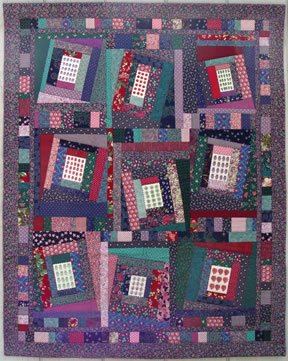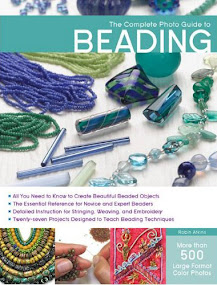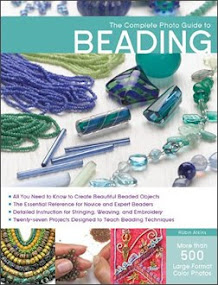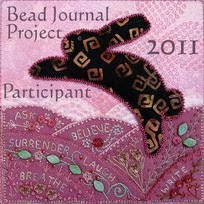I've been interested in the concept of totem animals ever since I was a kid and learned about totem poles in school. The teacher told us about a belief common to many Native American tribes that when each individual is born an animal spirit comes forward as a life-time helper and guide. Of course I was very curious as to which animal might have come forward for me.
As I mentioned in a previous post, I feel that having a totem animal guide is not in conflict with Christian beliefs, unless it becomes a form of worship. I have friends who consider their totem animal a "higher power." There must also be some who don't accept the idea of an animal guide. What are your thoughts and feelings about it?
Whenever I mention "totem animal" to anyone, they always ask how they can know which animal is their guide. One way suggested by Ted Andrews (who wrote Animal Speak), is to look at your past, especially your childhood.
What animal were you most drawn to in books?
What animal was first on your list to see at the zoo?
What animal story appealed to you most?
Did you ever have an imaginary animal friend?
Have you saved any childhood animal doll, picture, charm, etc.?
What animal have you collected?
What animal has shown up consistently in your life?
My favorite book as a child was Marshmallow, written and illustrated by Clare Turlay Newberry. Meet Marshmallow below. I still have my original childhood copy of this delightful book (which has totally fallen apart from constant reading), as well as a copy I bought on eBay (which is less worn).
And here is Marshmallow with Oliver, who wasn't so sure about the advisability of adding a bunny to the family, but who by the end of the book was completely won over.
Here is a poem from the book, which I could recite as a child from memory.
Here are a few of the rabbit buttons I've collected in recent years.A bunny nibbles all day long.
A bunny doesn't think it's wrong.
He nibbles mittens, mufflers, mops,
He only pauses when he hops.
He nibbles curtains, lamp-cords, shoes,
He only stops to take a snooze.
Sofa pillows, ribbons, rugs -
He takes a mouthful, then he tugs.
Galoshes, boxes, books, and string -
A bunny nibbles everything.
And here are some of my more special rabbit buttons - scrimshaw on bone - made in Japan.
Here's just a few of the many rabbit things I have in my studio.
When I took a needle felting class about 6 years ago, here's what I made.
Here's a beautiful little quilted rabbit wall hanging made for me by a dear quilting/beading friend. It hangs in my studio above a picture of myself at about 3 years old.
I've always been drawn to rabbits. I am upset to tears (and financial contributions to PETA) by industry's use of rabbits for testing cosmetic and household products. Until recent years, I collected rabbit things without even realizing I was doing it. Could these things be an indication that rabbit is my totem animal? According to Ted Andrews, the answer is yes.
If there is an animal that has shown up consistently in your life, you might want to look it up on this site and check out what Animal Speak has to say about it. Also watch for frequent signs in the next couple of weeks. Did you open a magazine and there was a picture of this animal? Did you look at birthday cards for a friend, and the first one you picked up was of this animal? Were you suddenly aware of this animal in an ad during your favorite TV show? If you get signs such as this, it's further confirmation that this may be your totem animal.
At this point in my life, I'm fairly certain that I have two totem animals - one is my life guide, the other showed up in my late 40's. I will share some more about that in my next post.
